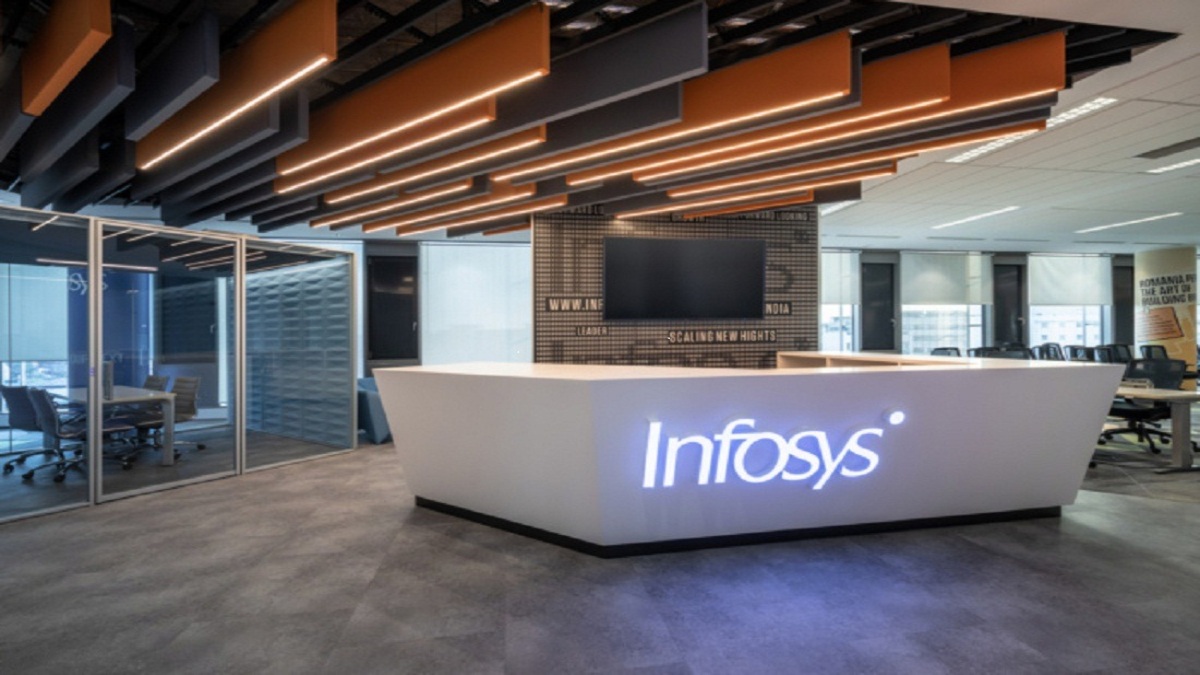Buy This PNB Backed Smallcap Housing Finance Stock For 15% Potential Gains In 12 Months: Anand Rathi
Anand Rathi is bullish on PNB Housing Finance India Ltd, a small-cap housing finance company. The brokerage suggests 'buy' the stock of the company for a target price of Rs 526 apiece. If the stock of the company is bought at the current market price, the investors are likely to get a potential gain of 15% in 12 months. PNB Housing Finance Limited is promoted by Punjab National Bank and is a registered Housing Finance Company with National Housing Bank (NHB). The company operates the sales and distribution function through our wholly-owned subsidiary, PHFL Home Loans and Services Limited.

Stock Outlook
The current market price of the stock is Rs 380.50 apiece, the stock was opened at Rs 362.35 apiece. The 52-week low of the stock is Rs 311.45 apiece and the 52-week high is Rs 675.95 apiece, respectively. On intraday, the low is Rs 362.35 apiece and the high is Rs 384.20 apiece, respectively.

Returns on Investment
The stock of the company surged nearly 6.79% over the past 1 week. It has given 8.33% of positive return in the past 1 month. Whereas, in the past 3 months, the stock has given 15.61% of positive return. Over the past 1 year, the stock has fallen 41.91%. In the past 3 and 5 years, the stock has given positive returns of 41.17% and 76.63%, respectively. The stocks were listed on the exchange on 7 November 2016, according to the NSE.

Operating Performance
In FY22 with an AUM of ₹ 65.9 billion, with the retail segment accounting for 89% of AUM. During the year, we reported disbursements of ₹ 11.2 billion, reflecting a YoY growth of 8%. In line with management retail first strategy, they disbursed 97% of its total disbursement to the retail segment. As per their stated policy, they reduced its corporate loan book by 39% during the year, through sell-down and accelerated re-payments.
During 1QFY23, On loan assets, retail loans registered growth of 2% YoY 1% sequentially to ₹ 50.3 billion as on 30th June 2022. The corporate loan asset declined by 45% YoY to ₹ 6 billion as on 30th June '22 on account of sell down and accelerated prepayments. The loan assets for the Company outstanding as on 30th June 2022 is ₹ 56.3 billion and the assets under management is at Rs.64.9 billion.
The management guided High single digit which is anything from 8%- 9% for AUM in FY23. In the past the management has clocked 4.3-4.4% AUM growth during covid. The company interest rates and the competitors (large banks) interest rates are almost at the same; 7.5-7.55%.

Indian Housing Finance Market
The total housing loan outstanding of ₹ 20.4 trillion in Fiscal 2020. Growth in the total housing loan outstanding declined in Fiscals 2019 and 2020 due to slow growth of the HFCs post the IL&FS default and the economic slowdown.
The COVID-19 pandemic has further intensified the issues that were already being faced by the housing finance sector. The first quarter of Fiscal 2021 was severely impacted due to disruptions caused by the COVID-19 pandemic and the resultant lockdown.
The nationwide lockdown has had a cascading impact on the construction activity. The migrant labourers, who account for 80% of the construction workforce, returned to their villages during the pandemic.
The restricted income growth and limited employment opportunities that have weakened demand from end-buyers, particularly self-employed borrowers. The Indian housing finance market experienced a healthy growth in housing loan outstanding of approximately 16% over Fiscals 2015 to 2020 on account of a rise in disposable income, healthy demand and a greater number of players entering the segment.
As per CRISIL, the housing finance segment was estimated at H24,524 billion in fiscal 2022. Of this, housing loans at non-banking finance companies (NBFCs), including housing finance companies (HFCs), accounted for H8,631 billion, up 13% year-on-year. Given the buoyancy in the economy as well as the real estate the housing finance sector is poised for healthy growth.

Growth Drivers for Housing Finance
Rising Urbanisation: The share of urban population in relation to the total population has been consistently rising over the years. The urban population was 377 million in 2011, marking a CAGR of 2.8%; rural population was 833 million, marking a CAGR of 1.16%. Urbanisation levels rose from 28% in 2001 to approximately 31% in 2011. A United Nations report, World Urbanization Prospects: The 2011 Revision, expects approximately 36% of the country's population to live in urban areas by 2020. This percentage is expected to increase further in the years to come, thereby translating into higher demand for housing and related amenities in the urban areas.
Rising Demand for Independent Houses: Indians traditionally prefer to live in independent houses. However, the increase in population density, especially in urban areas, has increased the demand for flats. This will continue to drive the demand for such homes, which are often self-constructed, especially in the smaller cities.
Declining Age of Home Loan Borrowers: Average age of borrowers has been declining over the years and was estimated at 33 years in Fiscal 2020. CRISIL Research expects this figure to decline further to 30 years in Fiscal 2025 with growth in salaries and people's strengthening preference for accumulating assets, both for investment purpose and tax benefits.
Affordable Housing: Under the PMAY-G, the target is to construct 12 million houses by Fiscal 2022 under the Phase-II of the scheme. Of this, 11.7 million have been constructed as of October 5, 2020. Further, under the PMAY-U, the target is to construct 11 million houses over Fiscals 2016 to 2022. Of this, 10.8 million have been sanctioned as of October 5, 2020. Of the sanctioned houses, 3.78 million have been constructed. The flow of funds from the Government remains crucial for the success of both the schemes.
Real Estate (Regulation and Development) Act, 2016: The implementation of the Real Estate (Regulation and Development) Act (the "RERA Act") in 2016 had a direct impact on the supply-demand dynamics in the sector. The RERA Act is expected to improve transparency, timely delivery, and organized operations over time. The RERA Act does not permit developers to launch new projects unless they are registered with the real estate authority.

Investment rationale
PNB Housing Finance is a prime segment lender and has been offering home loan and other mortgage products to prime segment customers viz Salaried and Self Employed. The focus has been on increasing the business on one hand while repositioning it on the other.
As a progressive step forward, they have identified Unnati as one of the key drivers to address the growing business segment, they scanned the entire landscape and identified the high-potential geographies.
The inference was 14 states holds the highest potential. The company identified the micro markets within these states and created dedicated operational and sales teams with right pricing proposition through dedicated branches for the Unnati segment.
The company did a detailed analysis of its affordable housing policies, and revamped keeping in mind the geographies and customer segment.
The management regularly review their credit monitoring and control procedures, to ensure that they are efficient and effective however they seek to further strengthen the credit underwriting processes.
The Company to enhance its digital footprints in underwriting and is in process of implementing straight through processing for the salaried segment through a rule based engine and enhancing core capabilities for the self-employed segment.

Buy for a target price of Rs 437 apiece
The brokerage firm said, "We expect AUM growth to moderate and be in the range of 8%-10% over FY23-24E on account of the shrinking wholesale loan book and credit costs to remain elevated. PNBHFL's cautious stance on lending towards corporates and continued focus on maintaining excess liquidity provides comfort. We have pegged a multiple of 0.6(x) to FY 24E ABV & arrived at a fair value of Rs 437 per share. We have a "BUY" rating on the stock."

Key Risks
- Inability to grow in the higher ticket size.
- Inability to meet obligations, including financial and other covenants under debt financing.
- Higher than expected slippages from the early buckets.
- Significant AUM concentration.

Disclaimer
The stock has been picked from the brokerage report of Anand Rathi. Greynium Information Technologies, the Author, and the respective Brokerage House are not liable for any losses caused as a result of decisions based on the article. Goodreturns.in advises users to check with certified experts before making any investment decision.
































